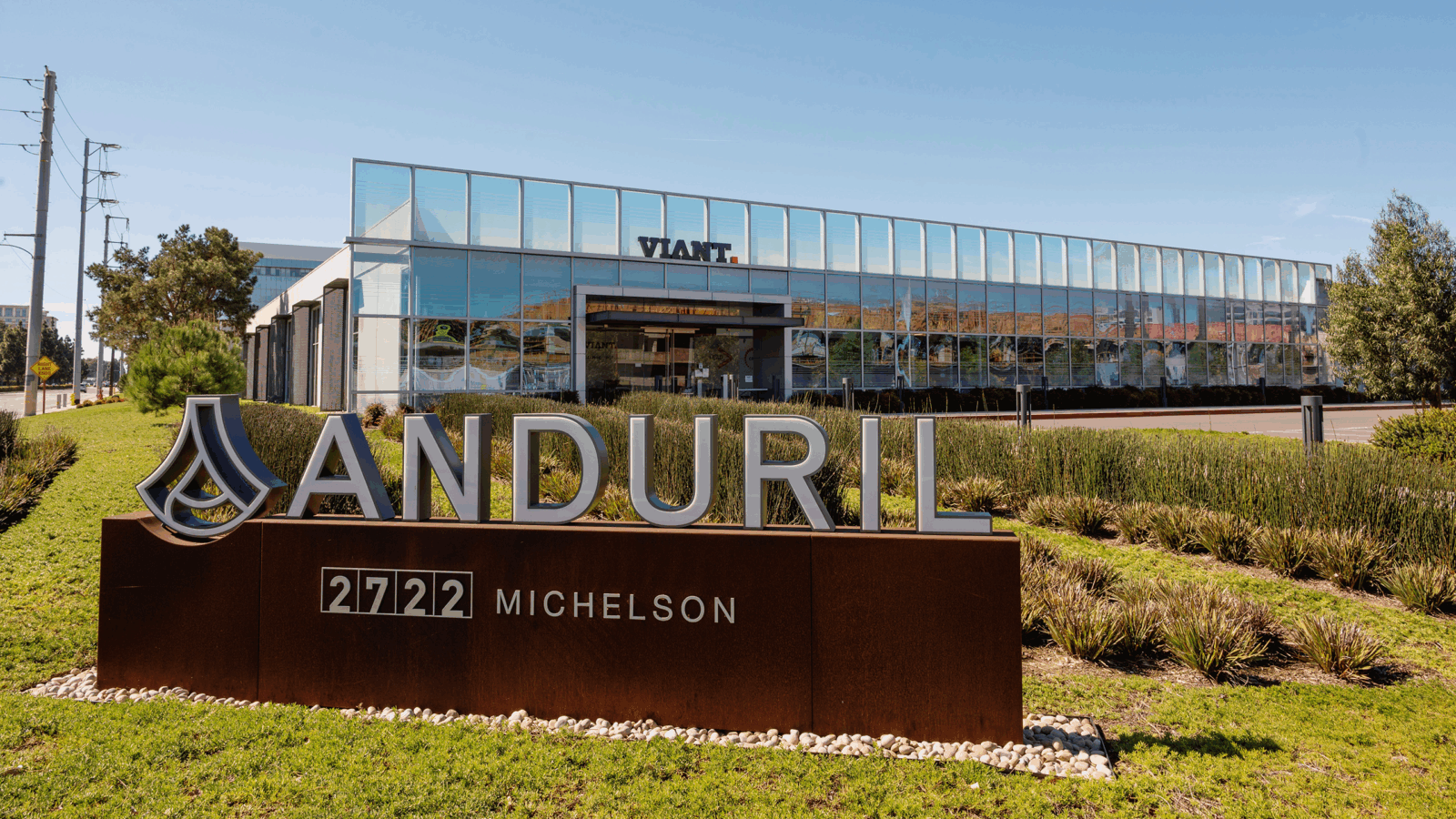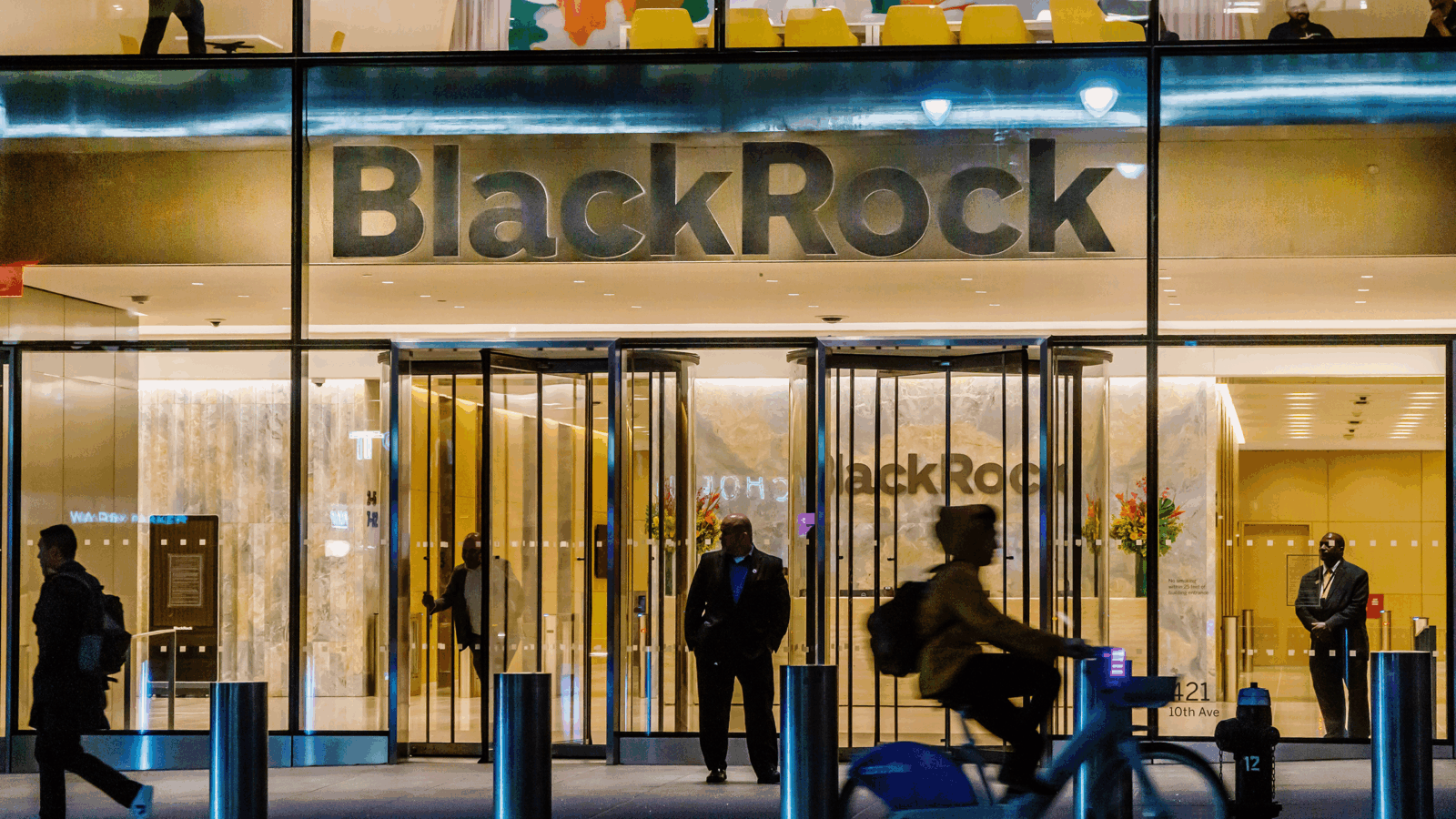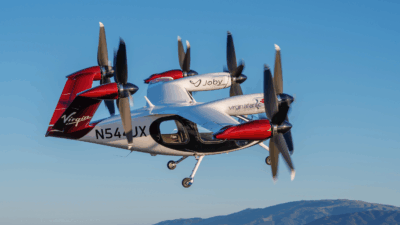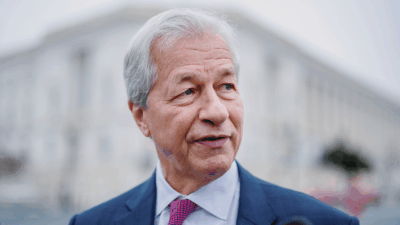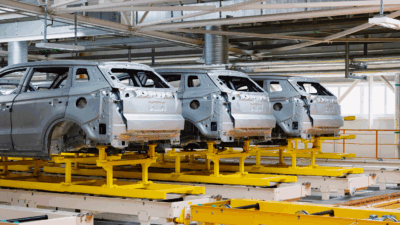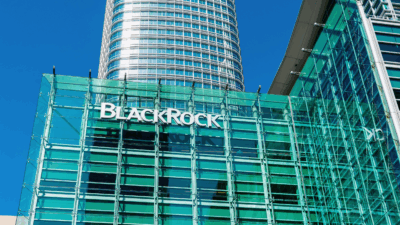Baltimore Bridge Collapse Turns Attention Toward America’s Infrastructure
In the wake of the bridge collapse disaster in Baltimore, other cities are wondering if it could happen to them.
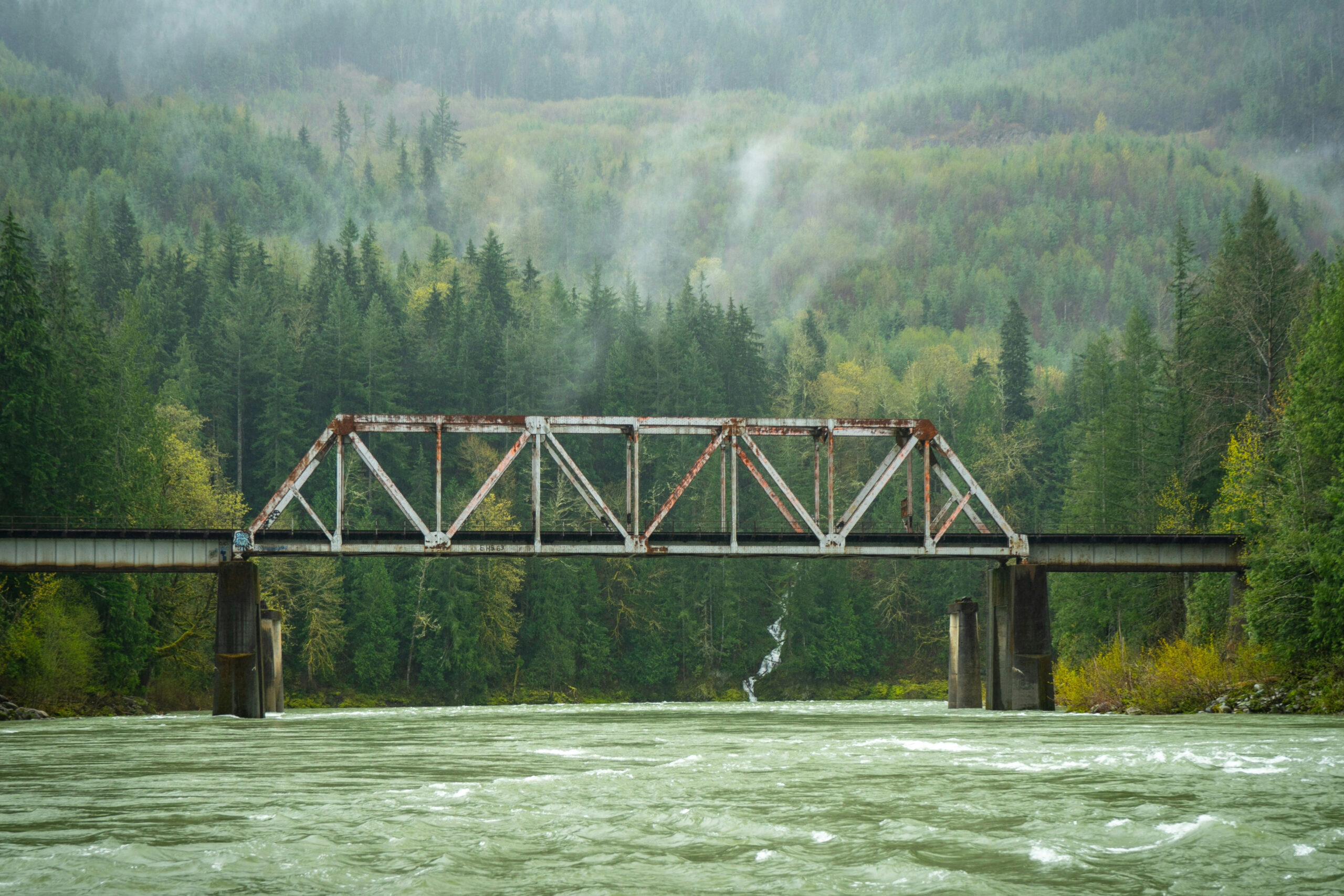
Sign up for smart news, insights, and analysis on the biggest financial stories of the day.
Recovery crews are still looking for four construction workers who were on the Francis Scott Key Bridge, the Port of Baltimore’s business has been put on hold, and a major traffic artery into and out of the city has been cut off.
In the wake of the disaster, other cities are wondering if it could happen to them. Given the sad state of America’s infrastructure, that’s the right question to be asking, according to a weekend report from the Associated Press.
A Bridge Too Far
Ships crashing into bridges are fairly rare events — from 1960 to 2015, there were 35 major bridge collapses worldwide due to collisions from a ship or barge, and 18 of those occurred in the US, according to the World Association for Waterborne Transport Infrastructure. The incident in Baltimore is just the latest in a growing list of recent infrastructure breakdowns and near-misses in the US.
Late last year, Rhode Island unexpectedly shut down traffic on a bridge over the Seekonk River on Interstate 195, and earlier this month the state’s governor announced the bridge would have to be destroyed and rebuilt. And in 2022, federal investigators found that inspectors failed to recognize the severity of structural corrosion on a Pittsburgh bridge that collapsed, causing several injuries.
While the Baltimore bridge was rated as being in “fair” condition after its most recent federal inspection, the disaster is certain to intensify scrutiny on the US’ most vulnerable infrastructure:
- The American Road & Transportation Builders Association (ARTBA), a trade group, says one out of every three bridges in the US, or 6,100 miles worth of bridge, needs repairs or to be replaced.
- The Infrastructure Investment and Jobs Act (IIJA) of 2021 dedicated $40 billion to bridge repairs over the next five years. Still, the ARTBA estimates the real price of fully modernizing America’s crossings at as much as $320 billion.
It’s a Public-Private Conversation: The $1.2 trillion IIJA spending package is out of character for Washington. Relative to other developed countries, the US invests very little — just 0.5% of GDP annually, according to the Organization for Economic Cooperation and Development — on infrastructure development. Meanwhile, China spends almost 5% of its GDP on infrastructure.
In his latest letter to shareholders, BlackRock CEO Larry Fink argued public debts are “just too high” for governments to go it alone. He touted the success of Global Infrastructure Partners as a model for public-private partnership, noting it increased runway capacity and introduced ideas like oversized luggage trays for faster security checks after acquiring London’s Gatwick Airport. Of course, BlackRock just acquired GIP in January for $12.5 billion, so there’s some motivated reasoning in Fink’s public-private praise.
